SPAWC TALKS
SPAWC TALK details
Riku Jäntti
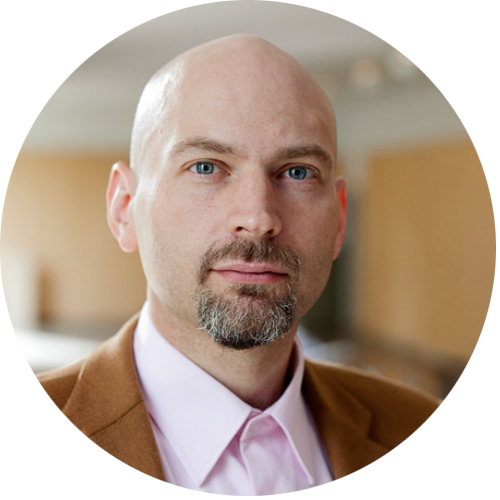
Ambient Backscatter Using Cellular Signals: A Low-Power Alternative to 3GPP Ambient IoT
Abstract
The Internet of Things (IoT) is expected to interconnect billions of low-cost, energy-constrained devices, necessitating scalable and energy-efficient connectivity solutions. In response, the 3rd Generation Partnership Project (3GPP) has initiated a study on Ambient IoT (AIoT), aiming to support massive machine-type communications (mMTC) by employing backscatter technology in licensed cellular bands. The current 3GPP approach relies on continuous wave (CW) carriers transmitted by cellular infrastructure to interrogate passive tags. While this enables higher data rates, it incurs significant power consumption, requires dedicated spectrum, and introduces hardware complexity.
In this talk, we present a low-power, low-complexity alternative that leverages ambient cellular signals—already present in the environment—as the illumination source for backscatter communication. The backscatter tag modulates information using frequency-shift keying (FSK), which appears as an additional multipath component in the cellular channel. We demonstrate, through a proof-of-concept implementation, how existing receiver infrastructure—specifically, the channel estimation modules in base stations and user equipment—can be repurposed to decode the backscattered signal with minimal modifications and no additional hardware. This receiver-centric approach eliminates the need for dedicated CW sources and reduces system complexity, providing a practical and energy-efficient pathway for scalable AIoT deployment.
Bio
Riku Jäntti (M’02 – SM’07) is a Full Professor of Communications Engineering at Aalto University School of Electrical Engineering, Finland. He received his M.Sc (with distinction) in Electrical Engineering in 1997 and D.Sc (with distinction) in Automation and Systems Technology in 2001, both from Helsinki University of Technology (TKK). Prior to joining Aalto in August 2006, he was professor pro tem at the Department of Computer Science, University of Vaasa. The research interests of Prof. Jäntti include machine type communications, disaggregated radio access networks, backscatter communications, quantum communications, and radio frequency inference.
Christos Masouros
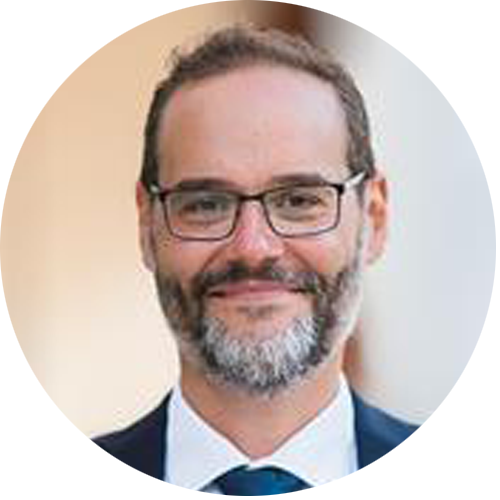
Signal Processing for Sustainable Multi-Access and Multi-Functional Wireless Networks
Abstract
The future Global cellular infrastructure will underpin smart city applications, urban security, infrastructure monitoring, smart mobility, among an array of emerging applications that require new network functionalities beyond communications. Key network KPIs for 6G involve Gb/s data rates; cm-level localization; μs-level latency; Tb/Joule energy efficiency. Future networks will also need to support the UN’s Sustainable Development Goals to ensure sustainability, net-zero emissions, resilience and inclusivity. The multifunctionality and the net-zero emissions agenda necessitate a redesign of the signals and waveforms for 6G and beyond. In this talk, we first explore a recent research direction involving symbol-level precoding (SLP) approaches that treat interference as a useful resource in multi-access communication systems. These have been shown to offer orders of magnitude savings in power consumption, over a range of communication scenarios. The second part of the talk focuses on enabling the multi-functionality of signals and wireless transmissions, as a means of hardware reuse and carbon footprint reduction. We overview recent research in the area of integrated sensing and communications (ISAC), that is a paradigm shift that enables a both sensing and communication functionalities from a single transmission, a single spectrum use and ultimately a common infrastructure. With the rising demand for sustainability and resilience from the network infrastructure, the above technologies are becoming essential building blocks of the wireless network.
Bio
Christos Masouros received the Diploma degree in Electrical and Computer Engineering from the University of Patras, Greece, in 2004, and MSc by research and PhD in Electrical and Electronic Engineering from the University of Manchester, UK in 2006 and 2009 respectively. In 2012 he joined University College London as a Lecturer. He has held a Royal Academy of Engineering Research Fellowship between 2011-2016. Since 2019 he is a Full Professor of Signal Processing and Wireless Communications in the Information and Communication Engineering research group, Dept. Electrical and Electronic Engineering, and affiliated with the Institute for Communications and Connected Systems, University College London. His research interests lie in the field of wireless communications and signal processing with particular focus on Green Communications, Large Scale Antenna Systems, Integrated Sensing and Communications, interference mitigation techniques for MIMO and multicarrier communications. He is a Fellow of the IEEE, Fellow of the Insitute of Electronic Engineers (IET), the Artificial Intelligence Industry Alliance (AIIA) and the Asia-Pacific Artificial Intelligence Association (AAIA). He was the recipient of the 2024 IEEE SPS Best Paper Award>, the 2024 IEEE SPS Donald G. Fink Overview Paper Award, the 2023 IEEE ComSoc Stephen O. Rice Prize, co-recipient of the 2021 IEEE SPS Young Author Best Paper Award and the recipient of the Best Paper Awards in the IEEE GlobeCom 2015 and IEEE WCNC 2019 conferences. He is an IEEE ComSoc Distinguished lecturer 2024-2025, and his work on ISAC has been featured in the World Economic Forum’s report on the top 10 emerging technologies. He is an Area Editor for IEEE Transactions on Wireless Communications, and Editor-at-Large for IEEE Open Journal of the Communications Society.
Jun Zhang
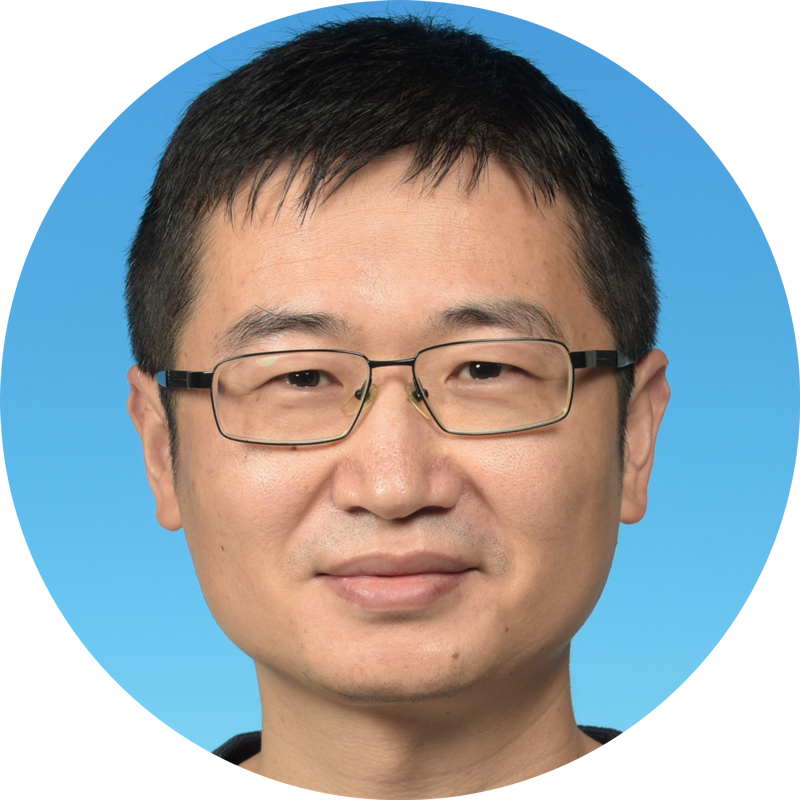
Integrated Communications and AI: From Specialist Models to Foundation Models
Abstract
Foundation models, such as large language models (LLMs), diffusion models, and vision-language models (VLMs), have emerged as powerful tools for various applications. In this talk, we will explore the exciting potential of foundation models in revolutionizing wireless communications and networking. We will focus on three key aspects of “AI for communications” (AI4COM), namely “learning to compress”, “learning to estimate”, and “learning to optimize”. Particularly, we will discuss the recent shift from specialist models to foundation models.
Bio
Jun Zhang received his Ph.D. degree in Electrical and Computer Engineering from the University of Texas at Austin. He is an IEEE Fellow and an IEEE ComSoc Distinguished Lecturer. He is an Associate Professor in the Department of Electronic and Computer Engineering at the Hong Kong University of Science and Technology. His research interests include wireless communications and networking, mobile edge computing and edge AI, and cooperative AI. He is a co-recipient of several best paper awards, including the 2021 Best Survey Paper Award of IEEE Communications Society, the 2019 IEEE Communications Society & Information Theory Society Joint Paper Award, and the 2016 Marconi Prize Paper Award in Wireless Communications. He also received the 2016 IEEE ComSoc Asia-Pacific Best Young Researcher Award. He is an Area Editor of IEEE Transactions on Wireless Communications and IEEE Transactions on Machine Learning in Communications and Networking.
John Thompson
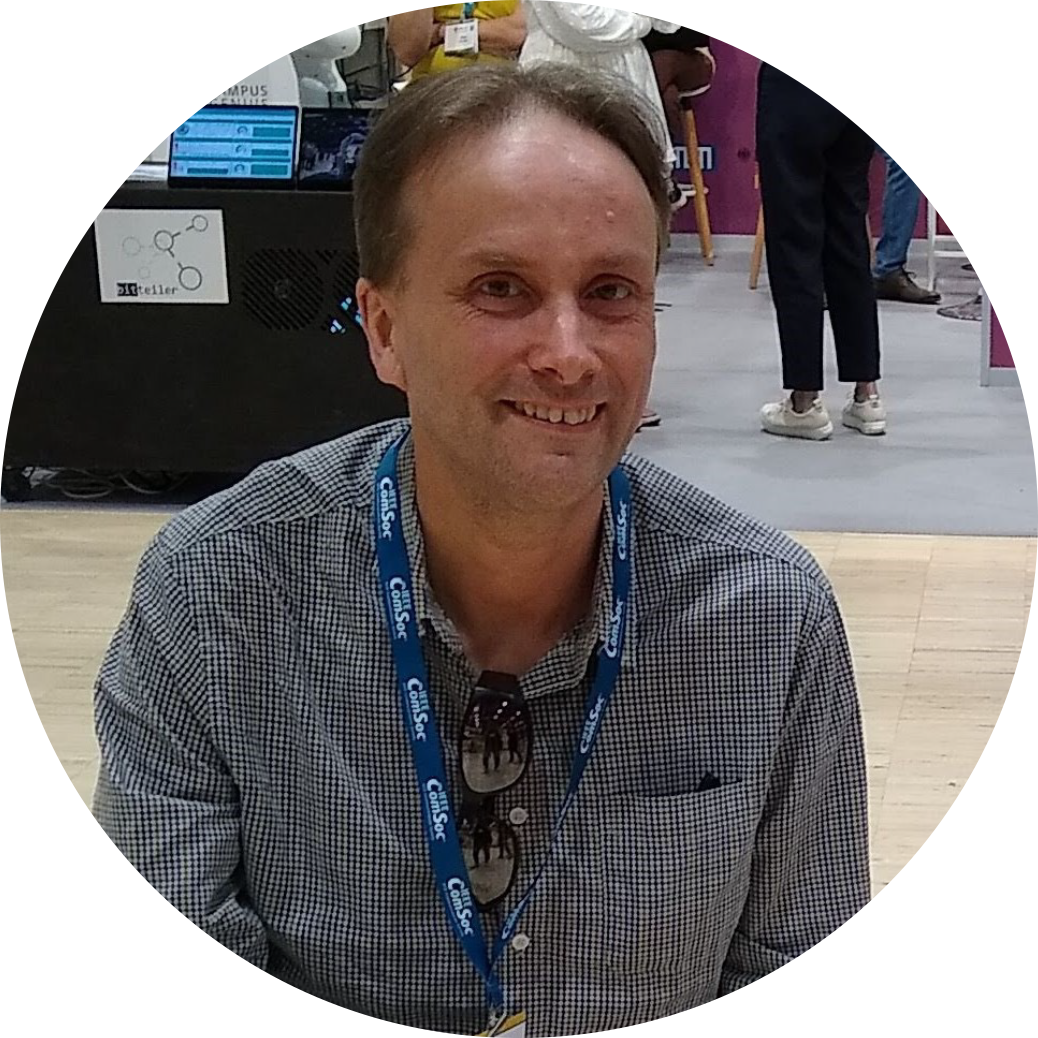
Novel Sensing – The Next Frontier
Abstract
This talk will explore the next generation of wireless sensing and communications technologies, considering both the theoretical and practical aspects. Integrated sensing and communications (ISAC) is one of the major technologies being investigated for use in sixth generation radio frequency (RF) cellular standards. In the first part of this talk, we will discuss advances in both waveform design and novel sensing technologies that can enable ISAC operation. Secondly. we will also discuss recent advances at the University of Edinburgh in optical wireless technologies for free space and underwater communications, looking at how sensing can significantly enhance these systems. Thirdly, we will explore how other novel sensing technologies, such as fluid RF antennas and optical Rydberg sensing, can transform future communications systems.
Bio
John S. Thompson currently holds a personal chair in Signal Processing and Communications at the School of Engineering, University of Edinburgh, where he also heads the Institute for Imaging Data and Communications (IDCOM). He has specialized in antenna array processing, energy-efficient wireless communications and more recently in the topic of integrated sensing and communications. To date, he has published in excess of 500 journal and conference papers on these topics. He is currently area editor for the wireless communications topic in IEEE Transactions on Green Communications and Networking. In January 2016, he was elevated to Fellow of the IEEE for research contributions to antenna arrays and multi-hop communications. He was also one of four scientists elevated to Fellow of the European Association for Signal Processing (EURASIP) in 2023 for “signal processing advances in multiple antenna and relayed wireless communication systems”. In 2024, he was recognised by Clarivate as a highly cited research scientist for his work.
Nicolò Michelusi
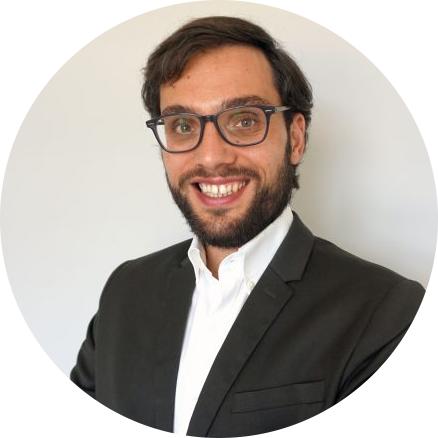
Decentralised Learning Under Communication Constraints: A Unified Analysis
Abstract
Decentralised optimisation algorithms such as decentralised gradient descent and diffusion are central to collaborative learning and decision-making across networks of agents. Yet, in practical deployments—from sensor networks to edge computing—communication constraints such as limited bandwidth, noise, and intermittent connectivity pose major challenges. In this talk, I will present a unified analytical framework for decentralised learning under such constraints, focusing on strongly convex and smooth objectives over arbitrary network topologies. Using contraction mappings and a novel Mean Hessian Theorem, we disentangle convergence dynamics from asymptotic error, providing insights into the impact of communication constraints on algorithm performance. Extensions to time-varying topologies, quantised updates, over-the-air computation, and stochastic gradients will be discussed, highlighting key trade-offs between communication cost, convergence speed, and accuracy.
Bio
Nicolò Michelusi is an Associate Professor at Arizona State University, USA. He received the B.Sc., M.Sc., and Ph.D. degrees from the University of Padova, Italy, in 2006, 2009, and 2013, respectively, and an M.Sc. degree in Telecommunications Engineering from the Technical University of Denmark in 2009. From 2013 to 2015, he was a Postdoctoral Research Fellow at the University of Southern California, USA. From 2016 to 2020, he was an Assistant Professor at Purdue University, USA. His research interests include 5G wireless networks, millimetre-wave communications, stochastic optimisation, and decentralised and federated learning over wireless systems. He served as an Associate Editor for the IEEE Transactions on Wireless Communications (2016–2021) and is currently an Editor for the IEEE Transactions on Communications. He is also a member of the IEEE Signal Processing for Communications and Networking Technical Committee. He received the NSF CAREER Award in 2021, the IEEE Communication Theory Technical Committee (CTTC) Early Achievement Award in 2022, and the IEEE Communications Society William R. Bennett Prize in 2024.
Angel Lozano
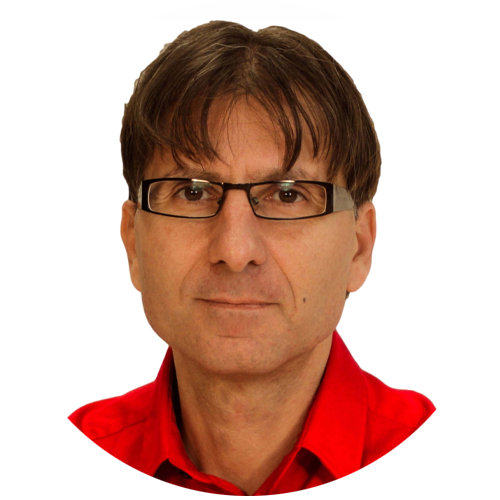
Reconfigurable Intelligent Surfaces: MIMO to the Rescue
Abstract
We are in the midst of a tidal transformation in the conditions in which wireless systems operate, with a determined push towards larger antenna apertures and shorter transmission ranges. This is stretching, even breaking, time-honored modelling assumptions such as that of planar wavefronts. And, once that classic paradigm is transcended, the opportunity arises for spatial multiplexing even when no multipath components are present. Moreover, a reconfigurable intelligent surface (RIS) can then augment the number of spatial degrees of freedom even as the transmitter and receiver apertures remain fixed. This possibility, which is revealed only as the curved nature of the wavefronts is accounted for, results from the RIS acting as a lens that enables resolving denser spatial multiplexings. This presentation posits that, besides the more obvious benefits of enhancing the received power and sidestepping blockages, the true potential of the RIS might lie in serving as an environmental aperture: multipath propagation on steroids, controllable, and on-demand.
Bio
Angel Lozano is a Professor at Univ. Pompeu Fabra (UPF) in Barcelona. He received the Ph.D. degree from Stanford University in 1998. In 1999, he joined Bell Labs (Lucent Technologies, now Nokia), where he was a member of the Wireless Communications Research Department until 2008. Between 2005 and 2008 he was also an Adj. Associate Professor at Columbia University. Prof. Lozano is a Fellow of the IEEE. He has been Area Editor for the IEEE Transactions on Wireless Communications and an Editor for the IEEE ComSoc Technology News, the IEEE Transactions on Information Theory, the IEEE Transactions on Communications, and the Journal of Communications & Networks; he has guest-edited various journal special issues and is actively involved in committees and conference organization tasks for the IEEE. In particular, he has been Chair of the IEEE Communication Theory Technical Committee and an elected member of the Board of Governors of the IEEE Communications Society. Prof. Lozano is the coauthor of the textbook “Foundations of MIMO Communication,” released by Cambridge University Press in 2019. His papers have received several awards, including the 2009 Stephen O. Rice prize, the 2016 Fred W. Ellersick prize, and the 2016 Communications Society & Information Theory Society joint paper award. He also received an ERC Advanced Grant for the period 2016-2022 and is a Distinguished Lecturer of the IEEE Communications Society.
